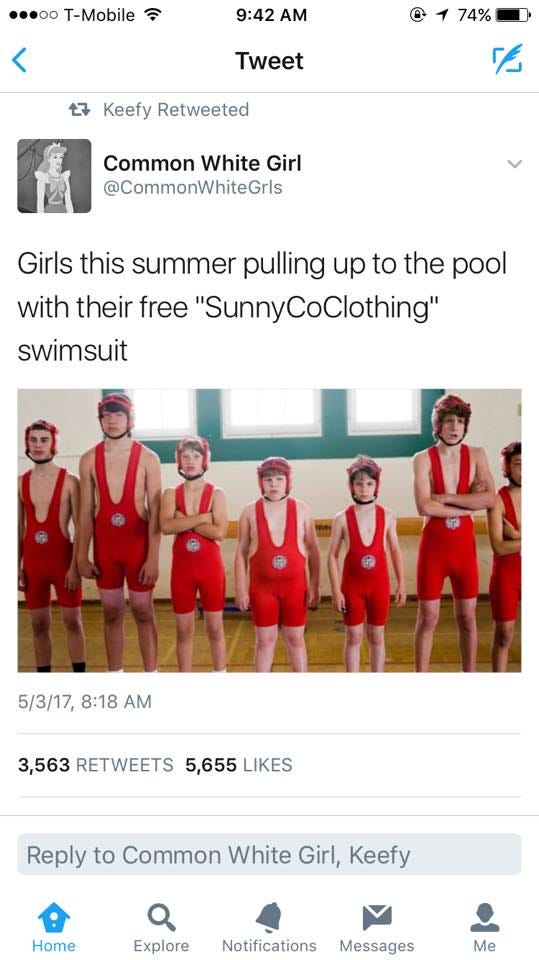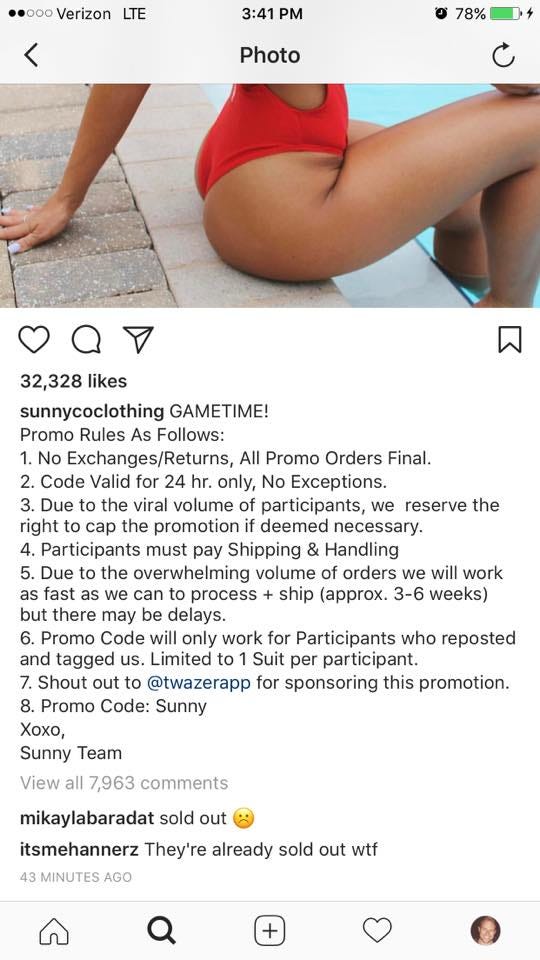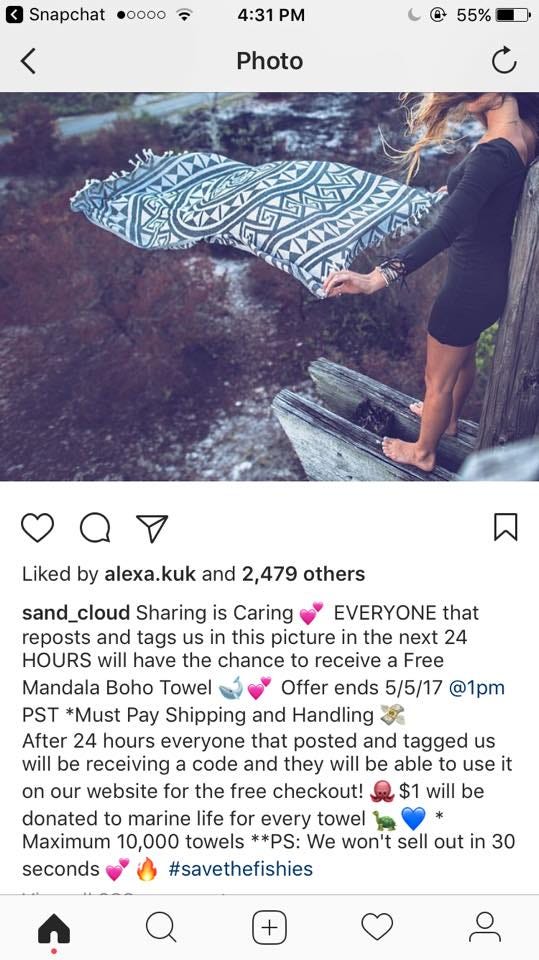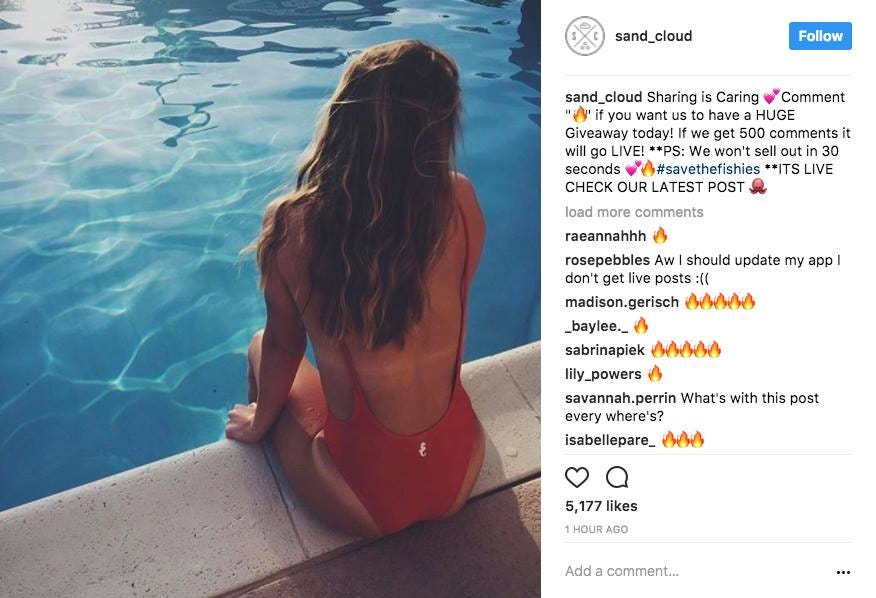When you go through McDonald’s drive-thru there's one thing that's almost inevitable: eat your fries before you get home.
From this insight was born the latest promotion of McDonald's with the purchase of at least one McMenu, they give you some fries for you to enjoy along the way.
"Sebas&Alicia" is the name of the campaign created by the advertising agency TBWA\Spain. It tells the benefit of the promotion through the love story between a boy passing through McAuto and a girl who works at McDonald's.
The campaign consists in 2 TV commercials with durations of 20" and 10", and a 3-minute video that we can see on McDonald's YouTube channel and on the brand's own social networks.
The campaign has been directed by Maxi Sterle and Rodrigo García Saíz, and the production was directed by Central Films.
"Sebas&Alicia" is the name of the campaign created by the advertising agency TBWA\Spain. It tells the benefit of the promotion through the love story between a boy passing through McAuto and a girl who works at McDonald's.
The campaign consists in 2 TV commercials with durations of 20" and 10", and a 3-minute video that we can see on McDonald's YouTube channel and on the brand's own social networks.
The campaign has been directed by Maxi Sterle and Rodrigo García Saíz, and the production was directed by Central Films.
It’s an impressive leap by the agency to turn a McDonald’s promotion into an opportunity for brand building and entertainment. There are ten and twenty second cut downs too, but this full length version is worth a watch.
Advertising Agency: TBWA Spain
Chief Creative Officer: Juan García-Escudero
Creative Directors: Javier Martínez, Pablo Fernández
Art Director: Joan Guardiola
Copy: Lucía Santos
Brand Leader: Javier Villalba
Account Manager: Dolores Sánchez
Account Supervisor: Ana López-Perea
Executive Account: Alicia Aranda
TBWA Producer: Elisa González
Production Company: Central Films
Directors: Maxi Sterle, Rodrigo García Saíz
Postproduction: Serena
Client Contact/ McDonald’s: Natalia Echeverría, Héctor Rivero, Susana Herrera

















